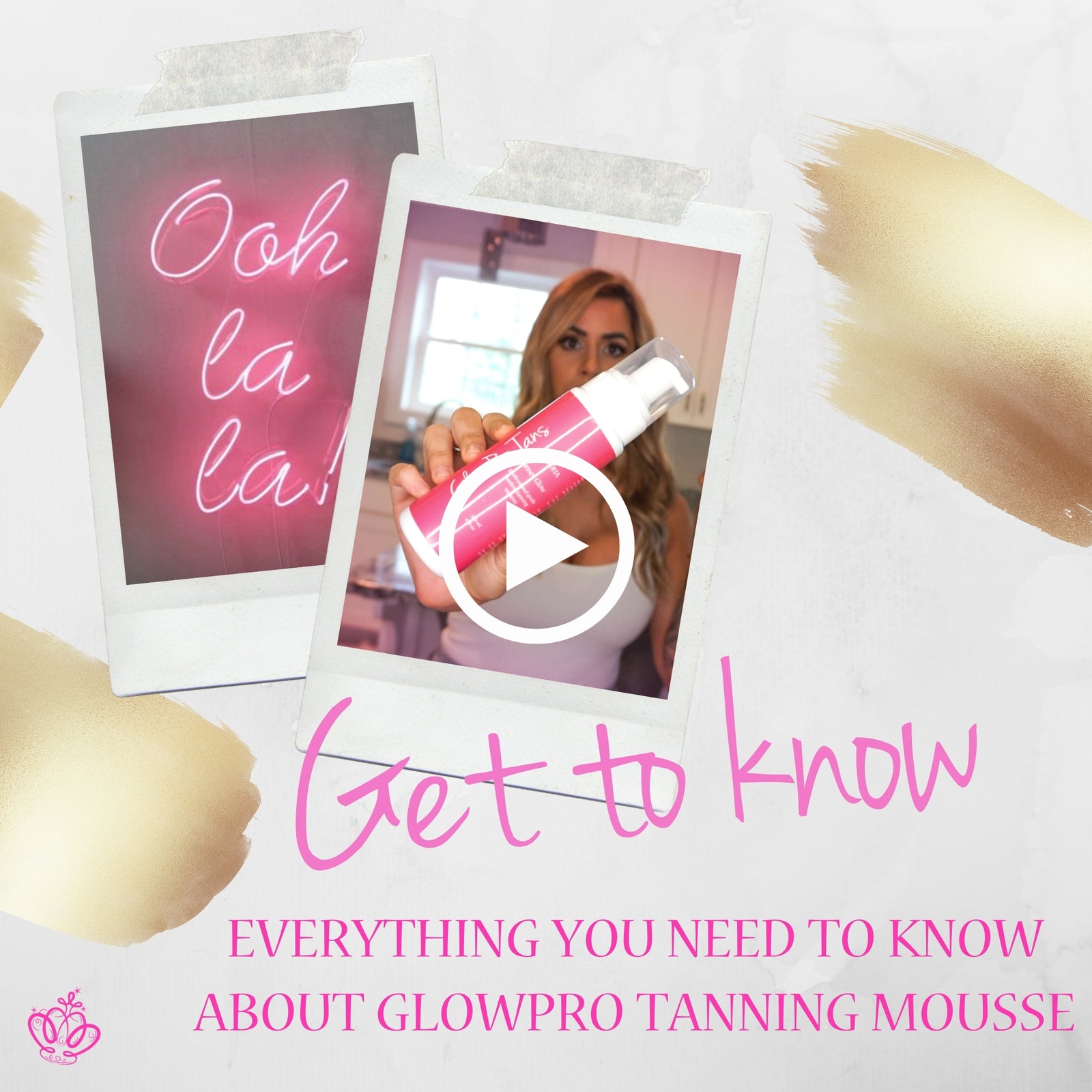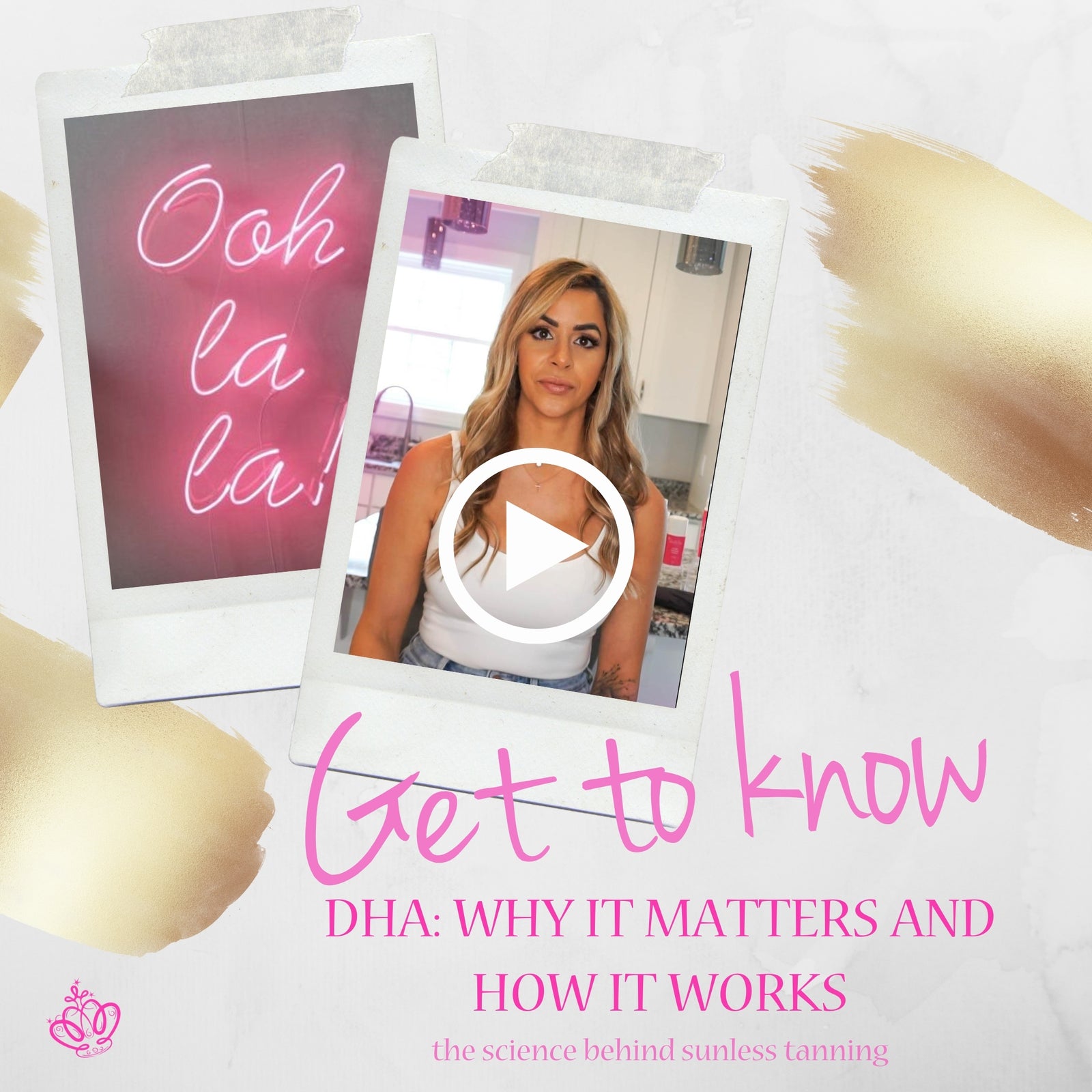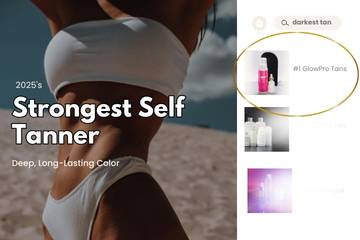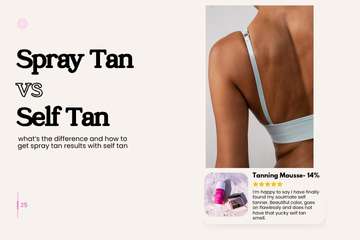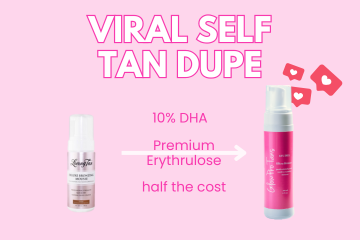We all know a traditional UV sun tan is unsafe. But what about self tanners?
Background Info
The main active ingredient in sunless tanners is dihydroxyacetone (DHA), a chemical derived from glycerin, beet or cane sugar. If you use GlowPro, you're familiar with this term from our professional-grade labeling system for our products. DHA works by reacting to the amino acids present in the top (dead) layer of the skin to create a browning effect.
The use of DHA in cosmetic products is approved by the Federal Food, Drug and Cosmetic Act, though it is restricted to external applications, not including the body’s mucous membranes.The Environmental Working Group, an independent group reviewing the toxicity of personal care products, rates DHA as a low to moderate health hazard, depending on the use. For reference, GlowPro's mousse formulas score a 1.
What are the risks?
Some medical experts have raised concerns about potential health risks if DHA is absorbed into the bloodstream and the possibility it could increase one’s risk for asthma, chronic obstructive pulmonary disease or cancer. “The question of safety issues relates to spray-on tans because of the potential for inhaling the material,” Dr. Arielle Kauvara says, but adds that there is no evidence to date of any toxicity at the concentrations currently used.
Dr. Anita Cela, a dermatologist based in New York City, said that if you apply DHA by hand and you have no open wounds, you do not need to be concerned about the chemical reaching your bloodstream. Additionally, according to Time, there isn’t enough evidence that shows DHA can penetrate the skin.
“If the chemical stays on the skin and doesn’t get inhaled with the sprayer and you put it on in a lotion form and the skin is intact, in general, we feel like it’s safe,” Cela said. “I think the chemical itself we wouldn’t vouch for if it was going internally, but externally, I think we’re good with that.”
Dr. Angela Lamb, the director of the Westside Mount Sinai Dermatology Faculty Practice in New York City, agreed, saying, “DHA has been studied for quite some time and has been shown to be safe.”
The Bottom Line
It seems where DHA falls on the spectrum comes down largely to application method. In Cela’s opinion, applying self tanner by hand is safer than getting a spray tan. “When you get a spray tan, you’re obviously going to inhale some of that, and there is theoretical evidence that it could worsen asthma or lung diseases,” she said. It's also good practice to avoid areas like the mouth, eyes and other mucous membranes, in order to minimize any inhalation or deep absorption.



